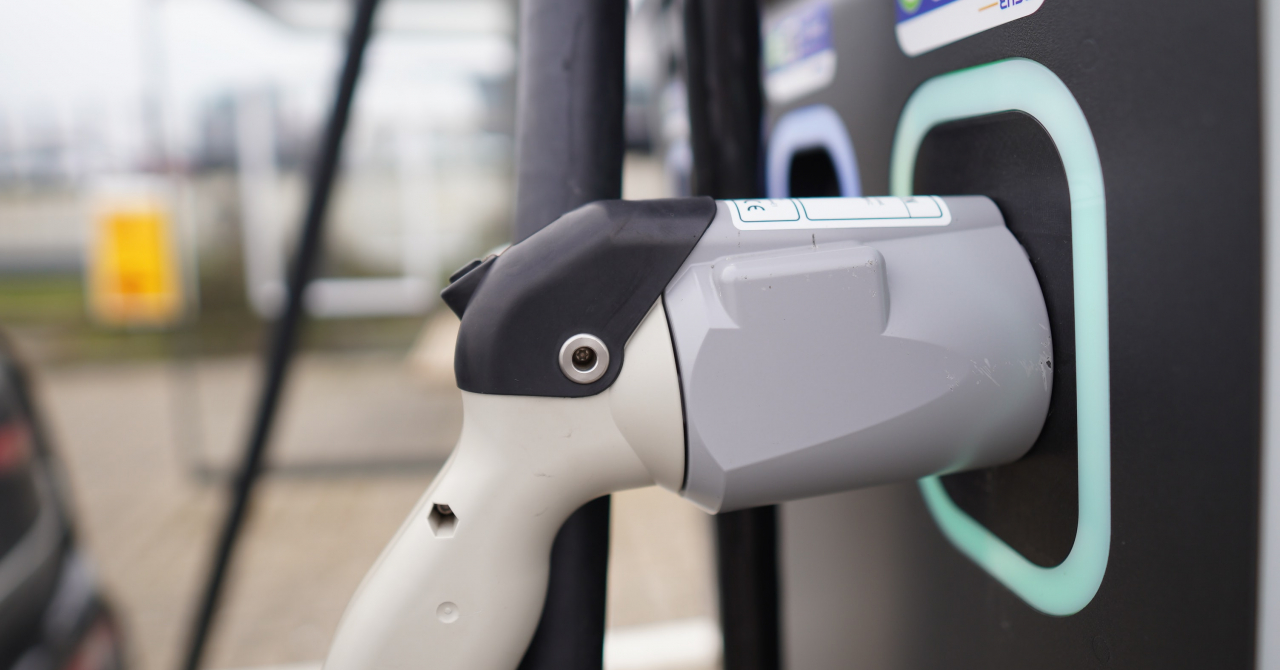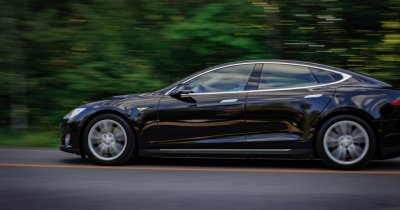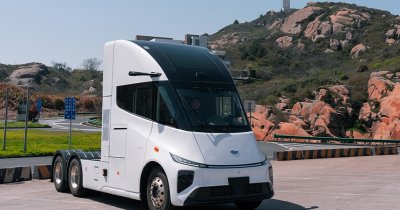Wireless charging on cars works in a similar way that it does on mobile phones, which is through electromagnetic induction.
In order for this technology to work, you would need a transmitter pad on the parking spot and one mounted on the bottom of the car.
The current standard for vehicle wireless charging is J2954 and it was designed to offer reliable inductive charging at a distance of 10 to 25 centimeters, which should be good for most production cars today.
The power output of this standard is about 11 kW, which should give EVs back about 56 kilometers of range in an hour.
Green Car Reports says that about 85% of charging for EVs is done at home, so this technology is supposed to serve as a regular charging method, rather than an occasional one.
Alex Gruzen, CEO at WiTricity, says that "ultimately the car will feel like they (editor's note: the drivers) have an infinite-range car. They drive it, they park it, they never have to do anything."
Regarding efficiency, wireless charging for EVs is rated for around 90-92% efficiency, which is better than mobile phone wireless charging, which is 80% at best.
There are some drawbacks when it comes to using this technology, such as the lack of flexibility, since the charging pads are harder to move around when compared to cables.

Photo source: Nissan
Another thing is that, at first, this technology is most likely going to come at a premium on more high-end options, and it might take a while before it will find its way down to more affordable EVs.
One of the first EVs with integrated wireless charging are right around the corner, as the Genesis GV60 might be the first production car to come from the factory with integrated wireless charging. For now, the car is only available in South-Korea with that option.
Hyundai included this technology in its E-GMP platform, so we can expect more models from the company with wireless charging capabilities.
BMW also tested wireless charging on a 5-Series plug-in hybrid, but the technology didn't find its way into production models yet.
Stellantis is another company currently testing the technology on the Fiat 500 EV.
Aftermarket options have been made available as well, from companies such as Plugless Power, which developed a system for the Tesla Model S. WiTricity is also creating a similar system for the Model 3.
As the technology evolves, more and more manufacturers will hopefully implement it in their vehicles, which should make charging easier and more effortless for drivers.
 Mihai - Cristian Ioniță
Mihai - Cristian Ioniță












Any thoughts?